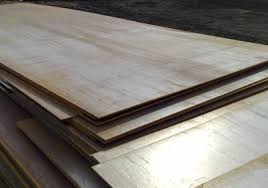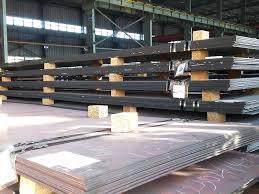Stainless Steel Plate
Stainless steels are defined as ferrous alloys with the addition of at least 10.5% chromium by weight and are essentially low carbon steels containing significant amounts of chromium. It is the addition of chromium that gives this type of steel its corrosion resisting properties.
The chromium content of the steel allows the formation of an invisible corrosion resistant chromium oxide film on the steel surface. If damaged mechanically or chemically this film is self-healing providing that oxygen, even in very small amounts, is present. The corrosion resistance of stainless steel can be enhanced along with providing other useful properties by increasing the chromium content and by adding other elements such as molybdenum, nickel, and nitrogen.
The primary consideration in specifying stainless steel for a project is corrosion or oxidation (rust) resistance. Following on from that are its mechanical and physical properties (such as strength and hardenability), the available fabrication techniques, and the material costs (including total life cycle costs).
Stainless steel plate is used for a huge variety of applications in many diverse industries including nuclear, pharmaceutical, food processing, petrochemical, architecture, and chemical transportation.
Stainless Steel Plates Grades and Specification
Grades :
| Austenitic Steel | 304/304L | 1.4301 / 1.4307 | ||
| Austenitic Steel | 316 / 316L | 1.4401 / 1.4404 | ||
| Duplex | S31803 | 1.4462 | S32205 | 2205 |
| Super Duplex | S32750 | 1.4410 | 2507 | |
| Super Duplex | S32760 | 1.4501 | Zeron 100 |
Specification :
- ASME / ASTM SA / A 240
- BS EN10028-7
- Norsok MDS D45
- Norsok MDS D55
- NACE MR 0175 / ISO 15156
| 304 & 304L Stainless Steel |
| 316 & 316L Stainless Steel |
| Duplex Stainles Steel |
| UNS S31803 (1.4462) |
| UNS S32205 |


